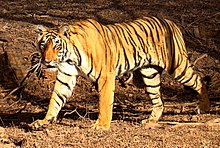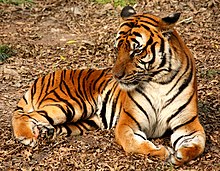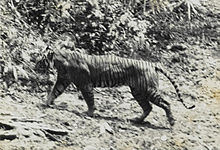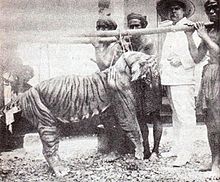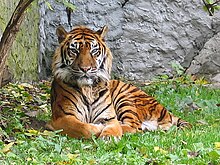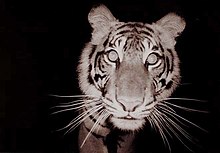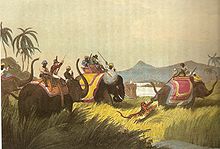| عنوان | پاسخ | بازدید | توسط |
- IUCN Red List endangered species
- Apex predators
- Big cats
- Carnivorans of Malaysia
- Conservation-reliant species
- EDGE species
- Extant Pleistocene first appearances
- Fauna of South Asia
- Fauna of Southeast Asia
- Felids of Asia
- Mammals described in 1758
- Mammals of East Asia
- Man-eating species
- National symbols of India
- National symbols of Malaysia
- National symbols of Singapore
- Panthera
- Species endangered by agricultural development
- Species endangered by deliberate extirpation efforts
- Species endangered by human consumption for medicinal or magical purposes
- Species endangered by logging
- Species endangered by urbanization
- Taxa named by Carl Linnaeus





